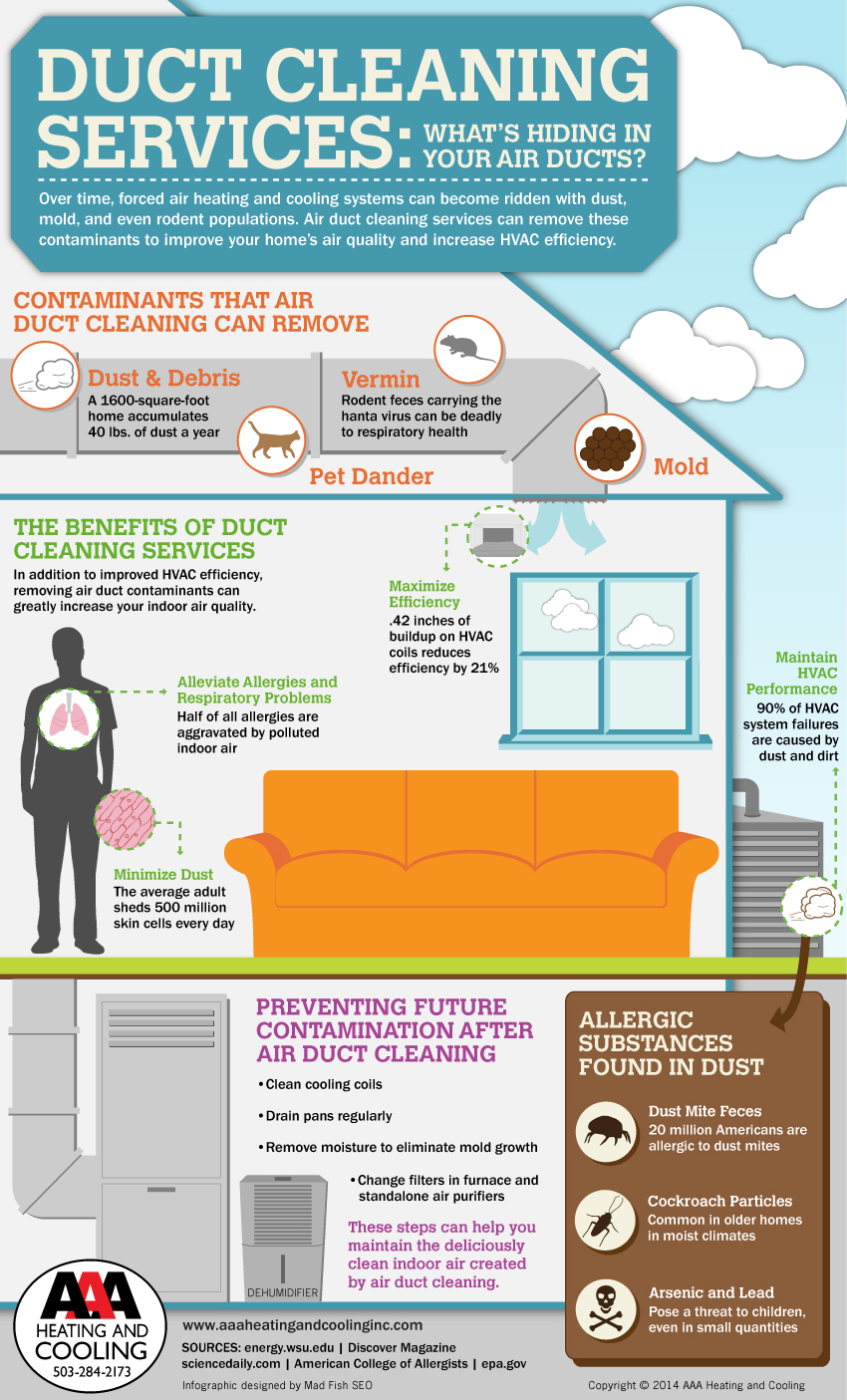The Ultimate Guide To Understanding Warm Pumps - Exactly How Do They Work?
The Ultimate Guide To Understanding Warm Pumps - Exactly How Do They Work?
Blog Article
Post Composed By-Forrest Singer
The best heat pumps can save you significant quantities of money on power expenses. They can also help in reducing greenhouse gas emissions, specifically if you utilize power instead of nonrenewable fuel sources like lp and home heating oil or electric-resistance heaters.
Heatpump work significantly the like air conditioning system do. https://www.contractingbusiness.com/residential-hvac/article/21156789/april-new-products-from-heating-ventilation-air-conditioning-refrigeration-contractors makes them a viable alternative to conventional electric home furnace.
Exactly how They Function
Heat pumps cool down homes in the summer season and, with a little aid from electrical power or natural gas, they supply some of your home's heating in the winter months. They're a great choice for individuals who want to minimize their use fossil fuels but aren't all set to replace their existing heating system and cooling system.
They count on the physical truth that even in air that seems too cool, there's still power present: warm air is constantly moving, and it intends to move into cooler, lower-pressure environments like your home.
Most ENERGY celebrity certified heatpump operate at near their heating or cooling capability throughout most of the year, lessening on/off biking and saving power. For the best efficiency, concentrate on systems with a high SEER and HSPF ranking.
The Compressor
The heart of the heat pump is the compressor, which is additionally called an air compressor. This mechanical flowing gadget utilizes potential power from power production to boost the stress of a gas by minimizing its volume. It is various from a pump in that it only works with gases and can't work with liquids, as pumps do.
Atmospheric air gets in the compressor with an inlet valve. It circumnavigates vane-mounted arms with self-adjusting size that divide the interior of the compressor, creating several cavities of varying size. The rotor's spin pressures these cavities to move in and out of stage with each other, compressing the air.
The compressor pulls in the low-temperature, high-pressure cooling agent vapor from the evaporator and presses it into the hot, pressurized state of a gas. This process is repeated as required to provide home heating or air conditioning as required. The compressor also contains a desuperheater coil that recycles the waste warmth and adds superheat to the cooling agent, changing it from its fluid to vapor state.
The Evaporator
The evaporator in heat pumps does the very same thing as it carries out in fridges and air conditioners, changing liquid cooling agent right into a gaseous vapor that eliminates heat from the space. Heatpump systems would certainly not function without this critical piece of equipment.
This part of the system lies inside your home or structure in an indoor air handler, which can be either a ducted or ductless system. It has an evaporator coil and the compressor that compresses the low-pressure vapor from the evaporator to high pressure gas.
https://choose-an-hvac-contractor90000.blogtov.com/9785416/making-the-most-of-convenience-and-savings-tips-for-optimizing-your-heat-pump-efficiency take in ambient heat from the air, and after that make use of electricity to move that heat to a home or business in heating mode. That makes them a great deal more power efficient than electrical heating systems or heaters, and since they're utilizing tidy electricity from the grid (and not melting gas), they likewise generate far less exhausts. That's why heat pumps are such excellent environmental options. (Not to mention a massive reason they're coming to be so preferred.).
The Thermostat.
Heat pumps are great choices for homes in cool environments, and you can utilize them in combination with traditional duct-based systems or even go ductless. They're a wonderful alternative to fossil fuel heater or typical electric heating systems, and they're much more sustainable than oil, gas or nuclear heating and cooling devices.
Your thermostat is one of the most essential element of your heat pump system, and it functions extremely differently than a traditional thermostat. All mechanical thermostats (all non-electronic ones) work by using compounds that alter dimension with increasing temperature level, like curled bimetallic strips or the increasing wax in a vehicle radiator valve.
These strips contain 2 different sorts of metal, and they're bolted together to create a bridge that finishes an electrical circuit linked to your cooling and heating system. As the strip gets warmer, one side of the bridge increases faster than the other, which causes it to flex and indicate that the heater is needed. When the heatpump remains in heating setting, the turning around shutoff turns around the flow of cooling agent, to ensure that the outdoors coil now works as an evaporator and the interior cylinder ends up being a condenser.